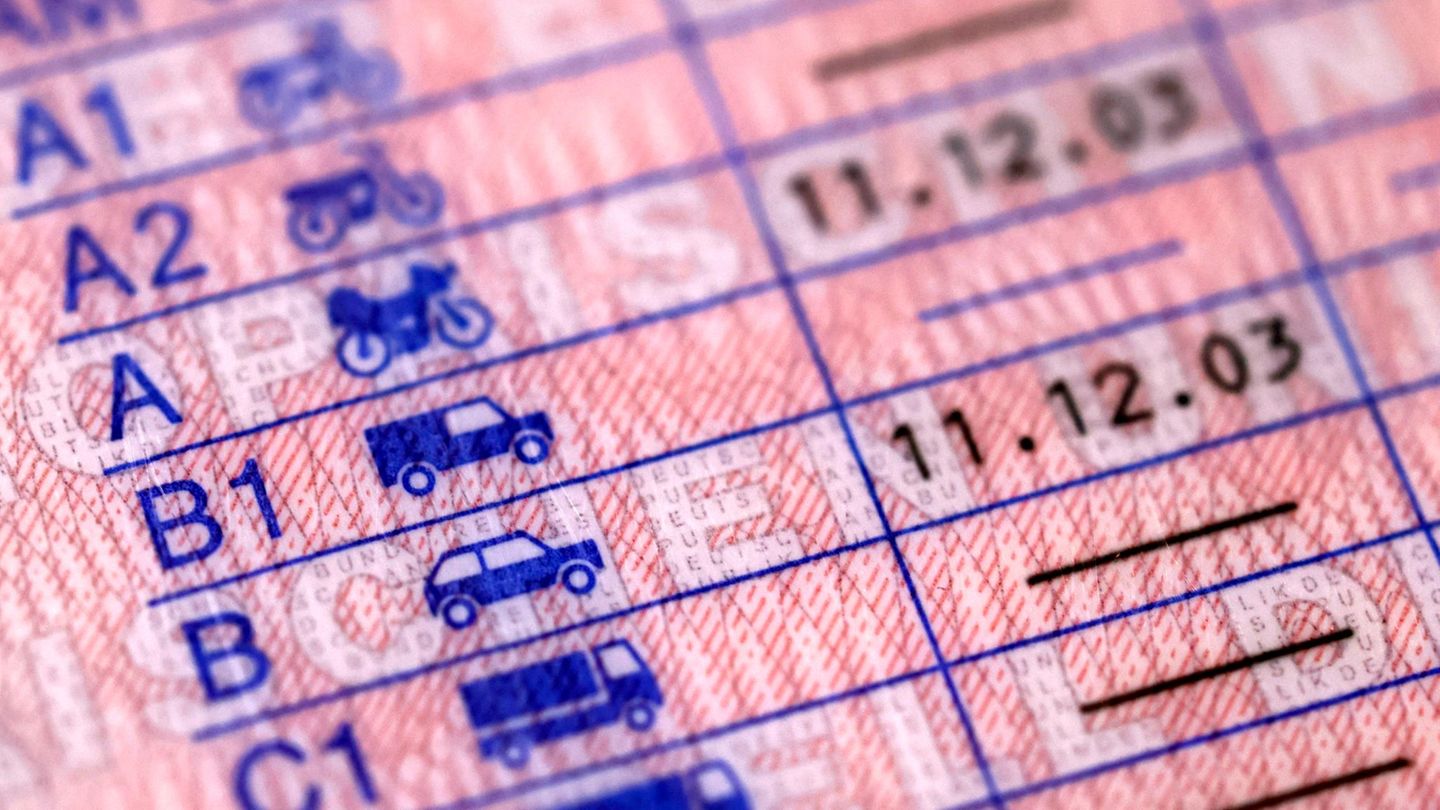Curated by Paulo Miyada -chief curator of the Tomie Ohtake Institute and curator of Latin American art at the Pompidou Center in Paris- the exhibition is the result of three years of research and an exchange with the artist who participated in its conception. The challenge was that translation into space of the spiral story of a life, based on those situations that seem to repeat themselves, although different, and from where “significant events” of the life experience of the multidisciplinary artist are recovered.
Maiolino (Scalea, Italy, 1942) is one of the most important artists working in Brazil today. Between 1968 and 1971 she lived in New York following her first husband, the artist Rubens Gerchman who had won a scholarship. Between housework and taking care of two young children, her artistic work was relegated and she was not recognized as part of the group of Brazilian artists abroad, she also worked as a textile designer and studied at the Pratt Institute, and it was the time when he made his drawings “Between pauses”, where he traces his daily experiences and his burden.
“The most effective way -to describe Maiolino- is the sum of her roles: she is an artist, poet, sculptor, painter, performer, she is also a mother, daughter, grandmother, granddaughter, lover, wife, friend, Latin American, Italian, Brazilian, immigrant, and in all of that she circulates and creates her path and her work”, reflects Miyada in dialogue with Télam.
What is the relevance of the artist in Brazil? “Anna’s importance is twofold: on the one hand, she is an artist who lived and responded to her time in very conflictive moments of our history and was able to create sensitive ways of directing pain, screaming, rebellion, and that reaches the present of timely manner, because once again we are confronted with authoritarian gestures, gestures of oppression”, says the curator. And she continues: “she is very relevant for having chosen to express the multiple roles of her life without separating them and without hierarchizing them, placing them in dialogue”.
“He created and continues to create a repertoire that is very urgent at a time when we know that all of our concerns are legitimate and fundamental to creating a healthy society, a healthy discussion of identity,” says Miyada.
On the other hand, she expresses that the artist “always had her place” in her adopted territory, Rio de Janeiro, where she arrived in 1960, at the age of 18, together with her family from Caracas, Venezuela, where they had emigrated in 1954 from a “Italy destroyed by war”. This early experience of war, suffering and hunger, migration, are like those “gestures” that the artist will print in her works, especially from the 1980s.
“She never spent very long periods without exhibiting, that’s why she presents herself as a Brazilian artist, especially because her relationship with art was made in Brazil and is constant, but you can see that in the last 20 years she has gained even more recognition, especially in young artists who look at her and admire her, who perceive other layers of her work that perhaps they did not pay attention to in her time”, she explains.
The simultaneity of works from different periods arranged in the exhibition is around three life-work nuclei. The first is “Anna”, which is based on a work that plays with the first name, a palindrome, the bond, identity, subjectivity and the self; the second is “No, no, no” focused on the macropolitical; and the third is “Material Actions”. All of them are focused on aspects of the life and production of one of the most important active artists in Brazil with her 80 years and 60 years of work.
In “Anna” there are works in which life, biography, desire, coexistence, the woman, the artist, desire, care, marriage, children, and the impossibility of those multiple forced roles converge. And among her concerns are daily life that is reflected in the iconic photo-performance “Por um fio” (“By a thread”, 1976), where she is portrayed with her mother and daughter united by a thread that goes from mouth to mouth, summarizing mandates, duties, bonds, love.
Close to this image is the video “Eu sou eu” (I am I, 2012) where Maiolino’s poetry takes on a deep, existential metric in his voice and was presented in 2012 at the Kassel Documenta, in Germany.
In “No, no, no”, totalitarianism, censorship, repression and inequality are confronted: the artist’s political interest ranges “from the violence of military dictatorships in Latin America to the apparent naturalization of poverty and hunger on a global scale,” writes Miyada.
That is why they perform the “re-assembly” of “Arroz e Feijão! (1979), but limited to a table with two bags, one of rice and the other of black beans, wrapped with a black mourning ribbon.
The exhibition at Malba brings as a novelty the installation “O amor se faz revolucionário”, based on a 1992 project in homage to the Mothers of Plaza de Mayo. A work that has a quasi-private space with its black walls, small portraits of faces created in clay and handkerchiefs embroidered with the names of the disappeared hanging from above.
And also, they exhibit other works that refer to the exhibition “Aos Poucos” (1978) which Miyada identifies as a landmark of Brazilian political art.
The last nucleus, that of the “Matter Actions” starts from the encounter between diverse materialities and atavistic gestures that link with daily work and the beginnings of human production such as pressing, molding, cutting, among other acts that the artist works in clay, paint, concrete and other materials, they explain, the result of which is “a visual and sculptural practice strongly linked to the scale of the body”.
There are his experiences with concrete or rakú ceramics, where the drying of the material or the fire leave a personal imprint on the works.
Among the sculptural objects exhibited are “Among themselves” from the series “Hilomorphs” (2016), and that encounter between form and matter that it establishes, or the ink on paper “Dois movements” from the series “Aleph” (1982), a reticular grid of 1092 squares filled with small commas and dots, as a mechanical gesture, except for one that remains empty and contains the attention. Also the mental maps, the drawing-object, the geographies, or “Entrevidas” (1981) the photo that remains of the performance where her feet walk among white eggs; his serpentine segmented sculptures, drawings that scratch the surface of the paper, and different woodcuts, among the more than 200 works and installations on display.
The exhibition includes in its title the homonymous poem from 1996, an emblematic text of the production of the artist born in Italy in 1942 and who lived in Buenos Aires between 1984 and 1989 together with the conceptual artist Víctor Grippo, in that complicated post-dictatorship in the country . A text that marks that “visceral approach to the political question and in rejection of the totalitarianism of dictatorships, as the curator writes, “in an emotional way, marked by sensory experience”, which in a fragment says: “Schhhiii… / With holy wrath vomiting snakes and lizards, / the dictatorship of the army – repeated violence, / and the intolerant stupidity of humanity…”, something that becomes palpably topical, as Miyada points out.
And although the artist had a larger exhibition in Sao Paulo this year under the title “PSSSIIIUUU…” which refers to that duality of an onomatopoeia that asks for silence and at the same time invokes, where that ambivalence that is “a constant character of the production of Maiolino” as expressed by the curator, for the anthology of Buenos Aires they did not find a voice that would allow that double reading.
“She feels like a Brazilian artist in the sense that she got involved in the Brazilian scene, but as a life story she is always between many parts, between many languages. Sometimes she says ´I speak many languages and I don’t speak any, I am from many parts. and I’m not from any’, I think it’s a very recurrent feeling in people who experience immigration”, says Miyada.
With the inaugural conference on Thursday at 6:00 p.m. by Miyada, free with prior registration that can be followed live on https://youtu.be/tEZdCuNhFKw, the exhibition will be inaugurated and can be visited later and later, on Av. Figueroa Alcorta 3415, from the city of Buenos Aires.
Source: Ambito
David William is a talented author who has made a name for himself in the world of writing. He is a professional author who writes on a wide range of topics, from general interest to opinion news. David is currently working as a writer at 24 hours worlds where he brings his unique perspective and in-depth research to his articles, making them both informative and engaging.




